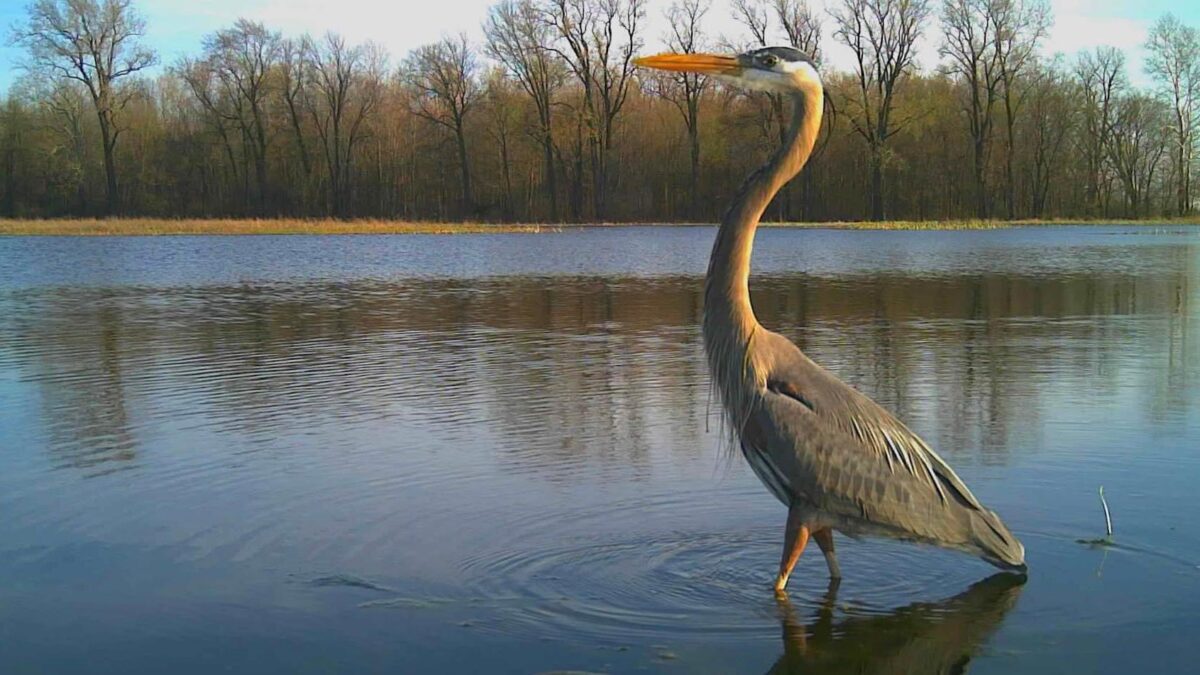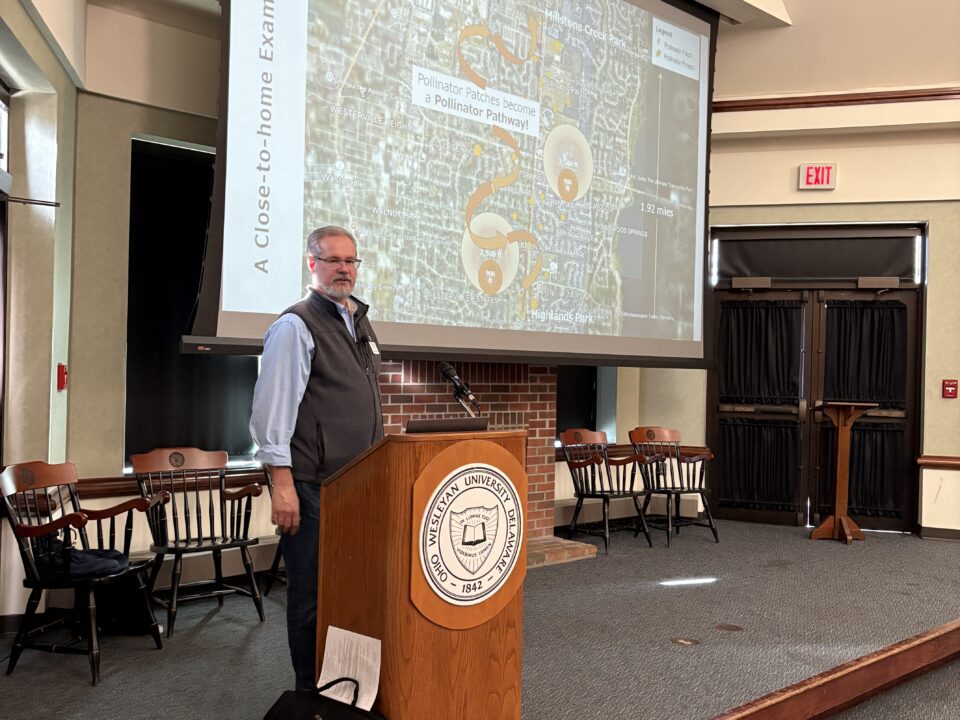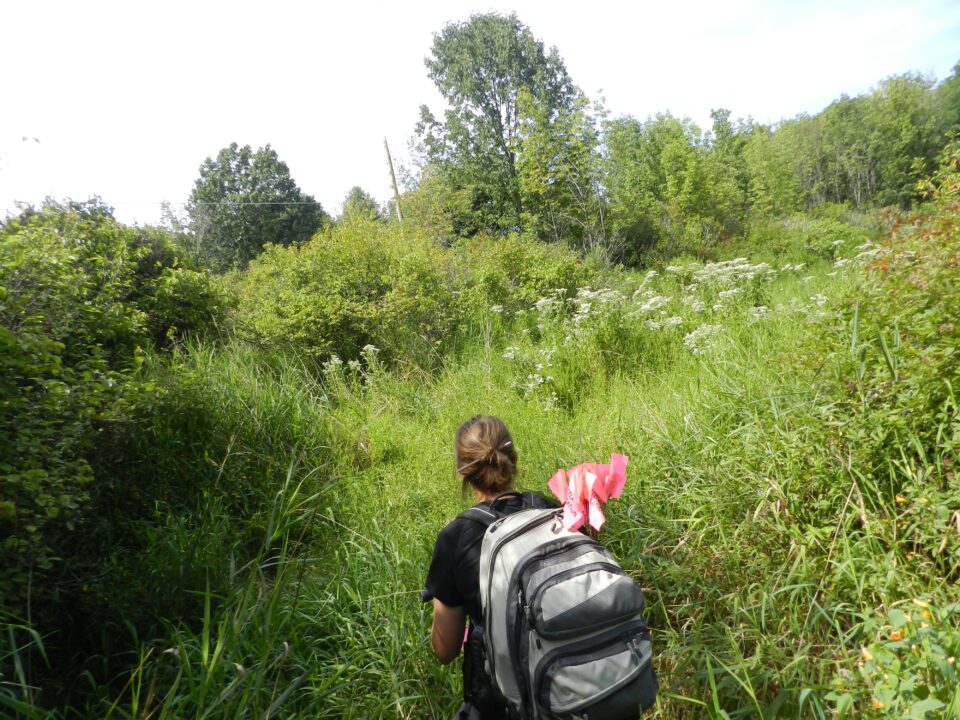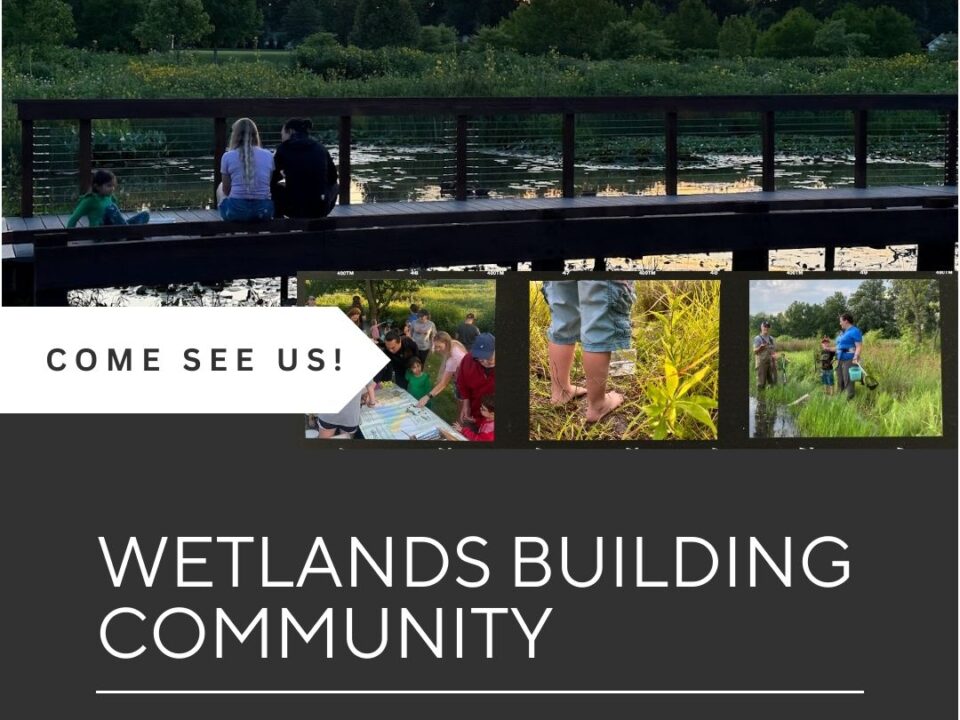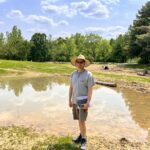
Restoration Credentials Added
December 27, 2024
Wetlands Building Community
January 28, 2025At MAD Scientist Associates, we’re all about wetlands. Birds may not be the first things that come to mind when you think about them, but they share a reciprocal and dynamic relationship that stretches beyond watershed and political borders. Consider the great spring migration. You’ve undoubtedly learned of one species or another that makes an unthinkable journey from South America to the far reaches of North America. Species like the Arctic Tern or Ruby-throated Hummingbird are classic long-distance migratory birds. There’s also short distance migrations of local and regional scale. For these, think of Mallard Ducks or Dark-eyed Juncos. They’re a common site in the Midwest, but only during certain times of the year. They’ll move north or south according to weather, water, and food availability.
It’s hard to imagine how any bird accomplishes the feat of migration. How they can fly for hours and sometimes days on end before resting. It’s truly remarkable. We do know that birds follow the same migratory pathways and sometimes, if not often, return to the same sites year after year. How do they choose where to go? Why are some areas rich in bird diversity during migrations and others not?

To assume a simplistic analogy, imagine you’re on a road trip. What are the first things you map out- places to rest and places to eat. While on their migratory routes, birds are looking for the same things. A “good exit,” if you will, that has ample accommodations and safe places to rest before taking off again. For many birds, these places are wetlands and riparian corridors. Water is critical for hydration, but it is also a good insulator, and therefore holds the prospect of foraging while other areas may be frozen or snow covered. Dense native vegetation also provides warmth and likely has remnant seed to snack on. For those with keen eyes, overwintering insects and larvae may also be found on bark, moss, and plant stems, which provide a nourishing, protein-rich meal for hungry birds. Others with a vegetarian preference may find green leaves and stems along pond/river margins and below the water’s surface.
Major development, urban sprawl, highway expansion, draining and farming agricultural lands, deforestation: All these activities that connect human life together, fragment the natural world and create unrecognizable habitats and sometimes unreachable refuge. Protecting, creating, and enhancing wetlands can help birds not only find a safe place to rest, but also provide food for refueling before taking to the wing again. You’ll also be helping resident birds (those that stay year-round), and countless other forms of wildlife. The more plant diversity and structural diversity (think trees, dead trees, shrubs, pools of water, etc.) the more you’ll attract. So while you’re celebrating National Bird Day, or just enjoying birds visiting your feeder on this cold winter day, think about their incredible journeys, the feats they overcome, and ways we can restore bits and pieces of our world for us, and for them.
Written by: Jenny Adkins, MAD Scientist Associates
Learn about wetlands and the role they play in bird conservation.



